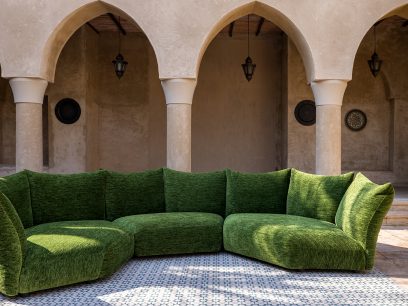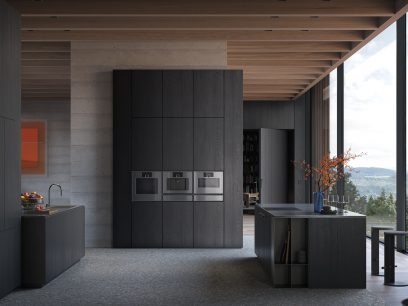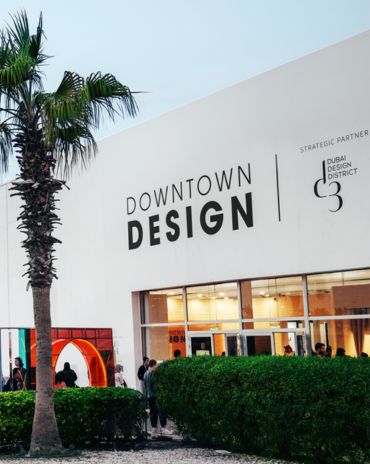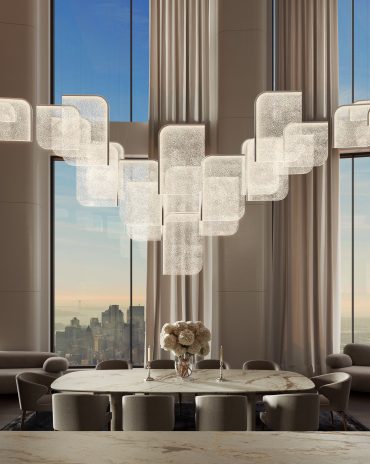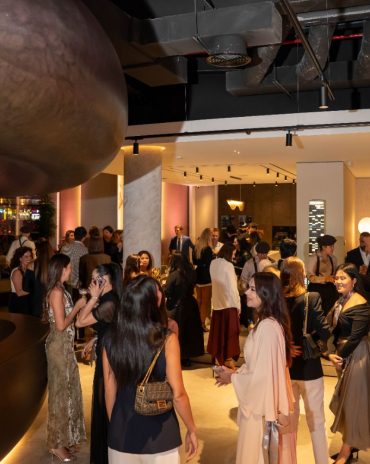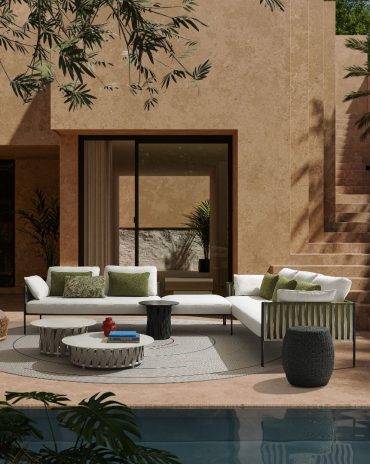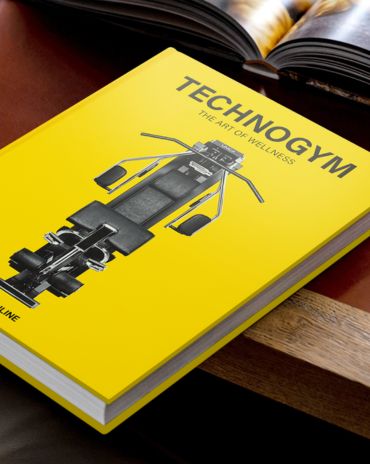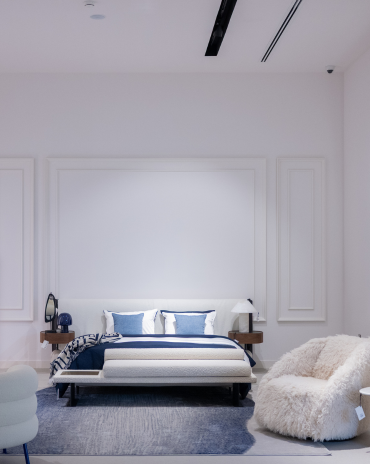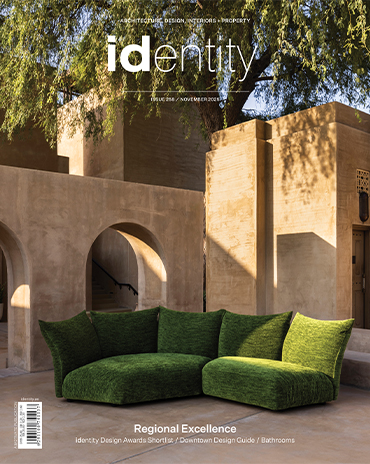Copyright © 2025 Motivate Media Group. All rights reserved.
French duo Anne Lacaton and Jean-Philippe Vassal win 2021 Pritzker Architecture Prize
The French architects are known for their restorative architecture and social housing projects
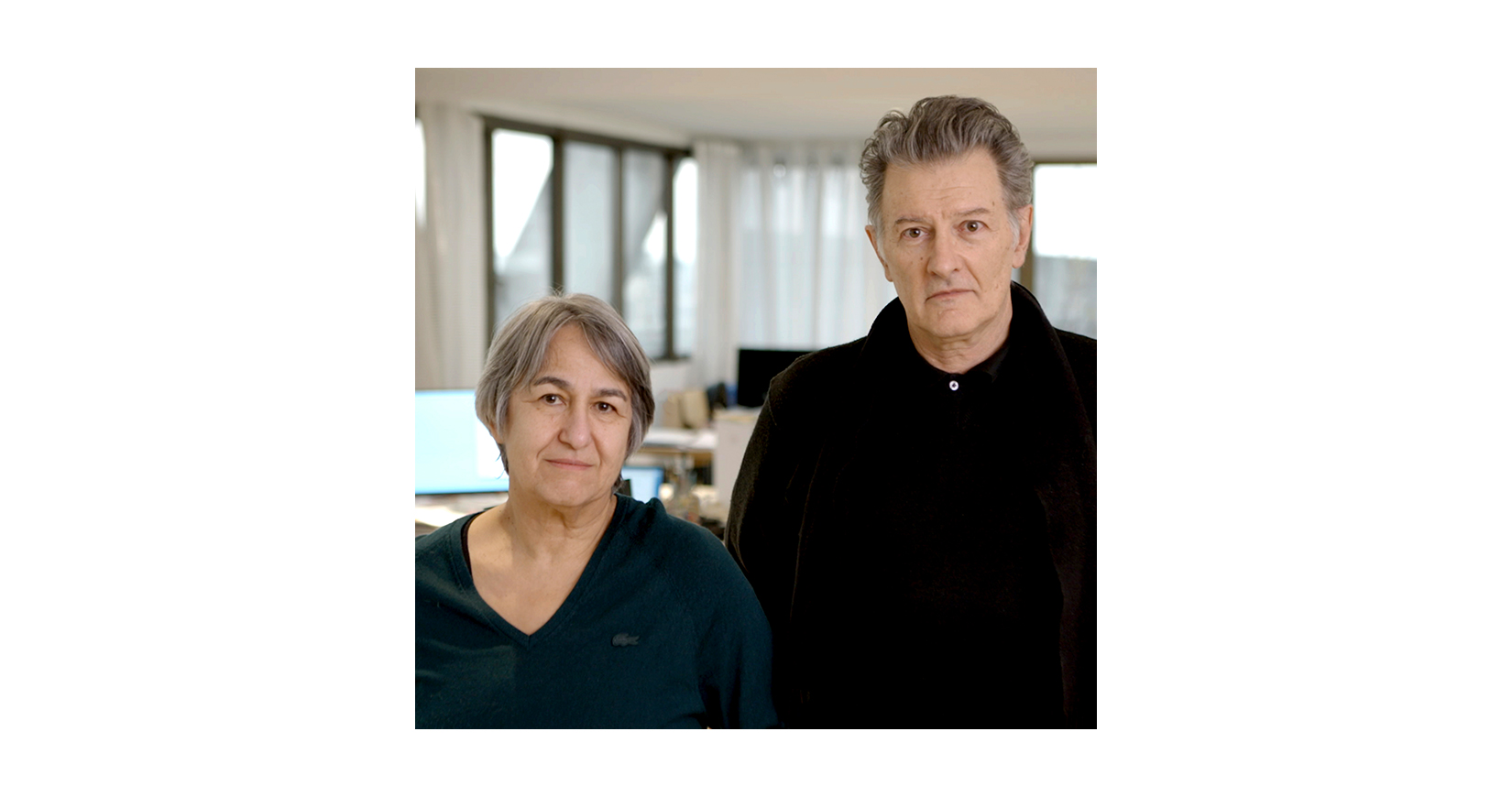
French architects Anne Lacaton and Jean-Philippe Vassal have been selected as the 2021 Laureates of the Pritzker Architecture Prize.
Having established their practice, Lacaton & Vassal, in Paris in 1987, the pair have completed over 30 projects throughout Europe and West Africa, with a strong focus on restorative architecture and social housing projects, as well as private residences, cultural and academic institutions, public spaces, and urban developments.
“Not only have they defined an architectural approach that renews the legacy of modernism, but they have also proposed an adjusted definition of the very profession of architecture,” said the Pritzker jury.

École Nationale Supérieure d’Architecture de Nantes. Photo courtesy of Philippe Ruault.
“The modernist hopes and dreams to improve the lives of many are reinvigorated through their work that responds to the climatic and ecological emergencies of our time, as well as social urgencies, particularly in the realm of urban housing. They accomplish this through a powerful sense of space and materials that creates architecture as strong in its forms as in its convictions, as transparent in its aesthetic as in its ethics.”
Lacaton & Vassal’s approach to architecture that prioritises enriching human life and reexamining sustainability through a commitment to restoring pre-existing structures and advocating a “never demolish” attitude, played a major role in their win.

129 Units, Ourcq-Juarès Student and Social Housing. Photo courtesy of Philippe Ruault.
“This year, more than ever, we have felt that we are part of humankind as a whole. Be it for health, political or social reasons, there is a need to build a sense of collectiveness. Like in any interconnected system, being fair to the environment, being fair to humanity, is being fair to the next generation,” said Alejandro Aravena, Chair of the Pritzker Architecture Prize Jury.
“Lacaton and Vassal are radical in their delicacy and bold through their subtleness, balancing a respectful yet straightforward approach to the built environment.”

129 Units, Ourcq-Juarès Student and Social Housing. Photo courtesy of Philippe Ruault.
Their work often considers what already exists, allowing histories to carry their narratives forward. Rather than filling and losing the impressive void of the Atelier de Préfabrication no. 2 (AP2), a postwar shipbuilding facility at the shoreline of a waterfront redevelopment project, the architects chose to erect a second building, identical in shape and size to the first. They used transparent, prefabricated materials, resulting in unhindered views through the new to the old. The original landmark, designated for public programming, and the newer structure, FRAC Nord-Pas de Calais, housing galleries, offices and storage for the regional collections of contemporary art, can function independently or collaboratively. They are connected by an internal street located in the void between the two structures.
With their project for the Latapie House in Floirac, France, the duo used the application of greenhous technologies to install a winter garden that allowed a larger for a modest budget, manipulating materiality to allow natural light to illuminate the entire dwelling and enlarging its communal spaces, and enabling ease of climate control.

Transformation of G, H, I Buildings, Grand Parc, 530 Units, Social Housing (with Frédéric Druot and Christophe Hutin). Photo courtesy of Philippe Ruault
“Good architecture is open—open to life, open to enhance the freedom of anyone, where anyone can do what they need to do,” said Lacaton. “It should not be demonstrative or imposing, but it must be something familiar, useful and beautiful, with the ability to quietly support the life that will take place within it.”
“Our work is about solving constraints and problems, and finding spaces that can create uses, emotions and feelings. At the end of this process and all of this effort, there must be lightness and simplicity, when all that has been before was so complex,” Vassal added.
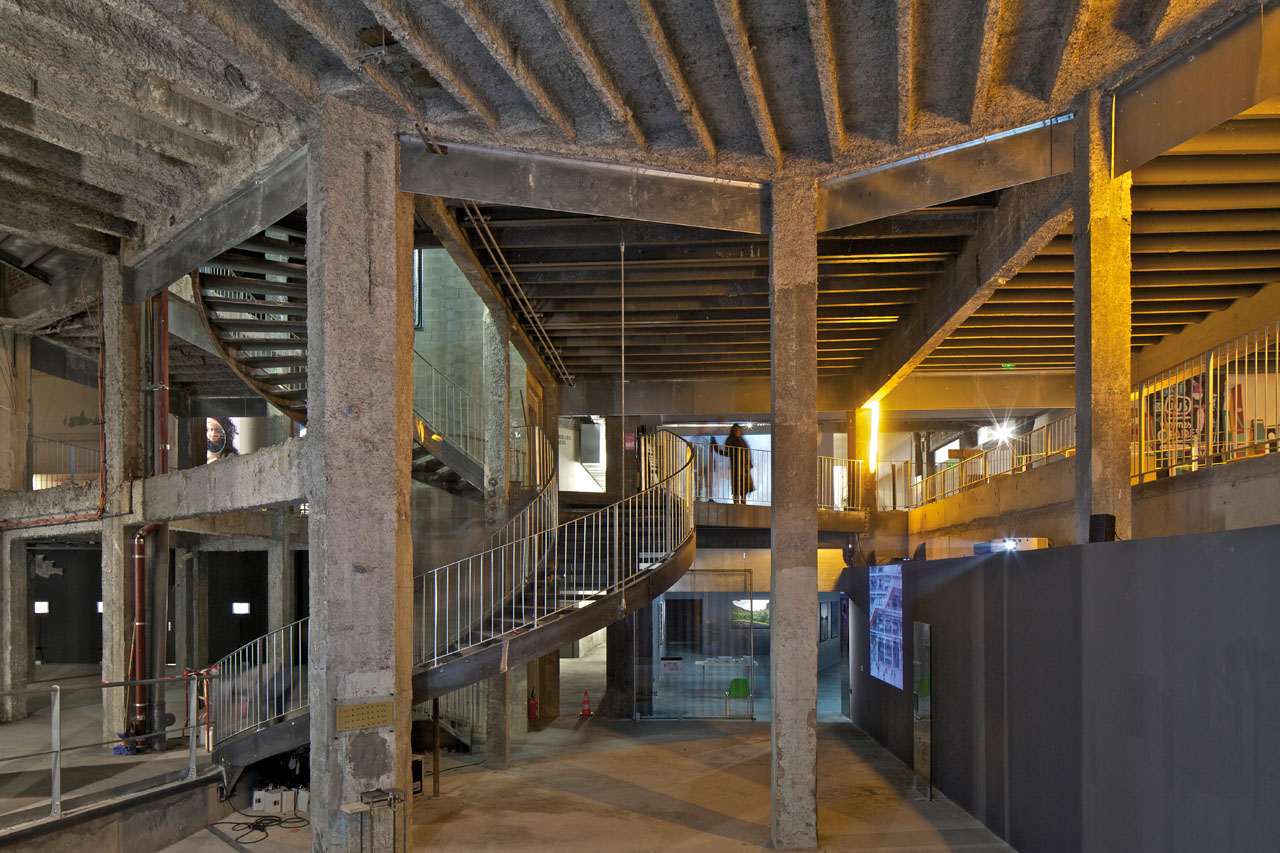
Site for Contemporary Creation, Phase 2, Palais de Tokyo. Photo courtesy of Philippe Ruault.
All photos courtesy of The Pritzker Architecture Prize.
The Latest
Dubai Design Week 2025 Unfolds: A Living Celebration of Design, Culture, and Collaboration
The 11th edition of the region’s leading design festival unfolds at Dubai Design District (d3)
Preciosa Lighting Unveils ‘Drifting Lights’ at Downtown Design 2025
The brand debuts its newest 'Signature Design' that explores light suspended in motion
IF Hub Opens in Umm Suqeim
A New Destination for Design and Collaboration in Dubai
The Language of Weave
Nodo Italia at Casamia brings poetry to life
The Art of the Outdoors
The Edra Standard Outdoor sofa redefines outdoor living through design that feels, connects and endures
The Art of Wellness
Technogym collaborates with Assouline to release a book that celebrates the brand’s 30-year contribution to the fitness industry
The Destination for Inspired Living – Modora Home
Five reasons why you need to visit the latest homegrown addition to the UAE’s interiors landscape
Elemental Balance — A Story Told Through Surfaces
This year at Downtown Design 2025, ClayArk invites visitors to step into a world where design finds its rhythm in nature’s quiet harmony.
The identity Insider’s Guide to Downtown Design 2025
With the fair around the corner, here’s an exciting guide for the debuts and exhibits that you shouldn’t miss
A Striking Entrance
The Oikos Synua door with its backlit onyx finish makes a great impression at this home in Kuwait.
Marvel T – The latest launch by Atlas Concorde
Atlas Concorde launches Marvel T, a new interpretation of travertine in collaboration with HBA.
Read ‘Regional Excellence’ – Note from the editor
Read the magazine on issuu or grab it off newsstands now.

